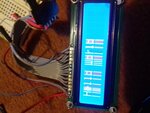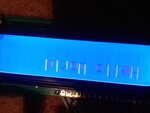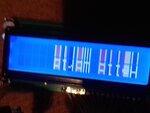Aussie Susan
Advanced Member level 5

Agreed but the OP has only just started to show that his hardware is 'capable' of running and my suggestion to use the debug mode was simply to ensure the code was actually executing. Also it would have the advantage you were talking about of introducing a (big) delay after power on and perhaps show up a timing issue.In my opinion, MikroC debugging is next to useless. I doubt it will prove anything.
It probably wouldn't help beyond that.
Susan







